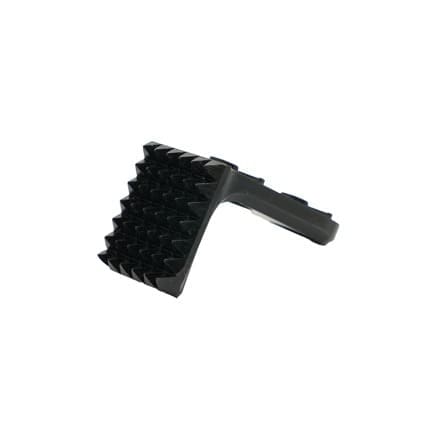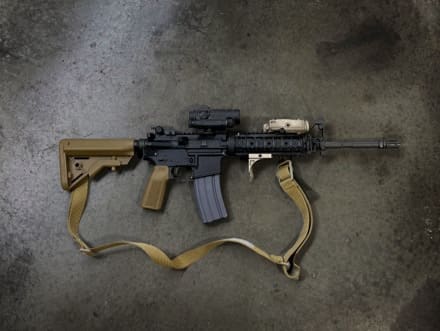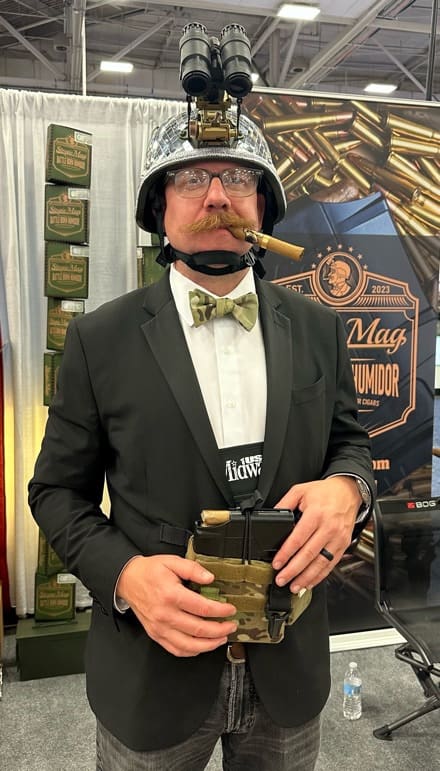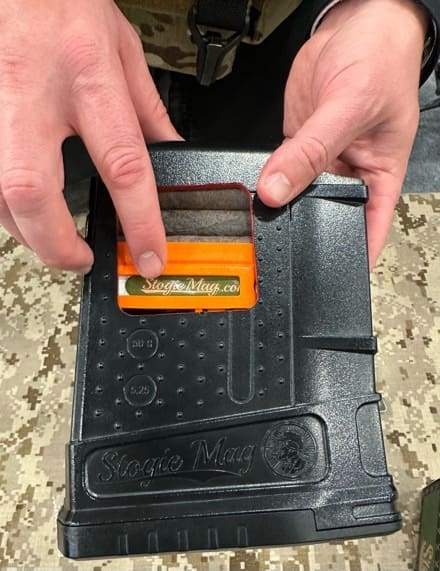HURLBURT FIELD, Fla. —
Air Commandos, families, community leaders, and friends gathered at Hurlburt Field to honor Maj Randell Voas and Senior Master Sgt JB Lackey. The commander of Air Force Special Operations Command posthumously presented the Distinguished Flying Cross to Maj. Voas and Senior Master Sgt. Lackey during a ceremony here today for actions taken April 9, 2010, during a combat mission near Qalat, Afghanistan.
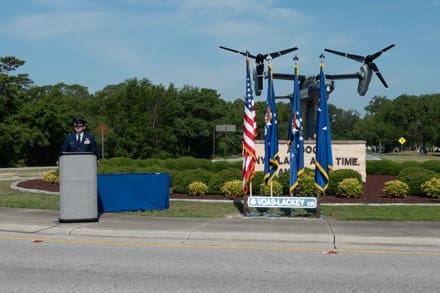
Mrs. Jill Voas, widow of Voas, a CV-22B pilot, and Mrs. Cassie Lackey, widow of Lackey, a CV-22B flight engineer, accepted the medals from Lt. Gen. Tony Bauernfeind, commander of Air Force Special Operations at the Voas-Lackey Roundabout, named in honor of the two men, who were members of the 8th Special Operations Squadron here.
Voas and Lackey were critical to executing an emergency landing of their CV-22B, callsign Rooster 73. Their superior airmanship saved the lives of two crew and fourteen servicemembers aboard the aircraft.
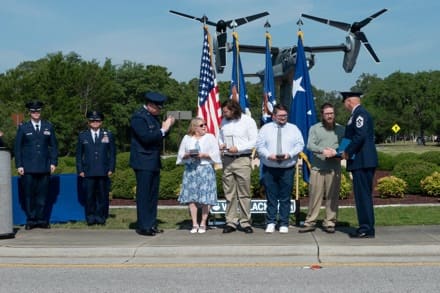
1 servicemember and 1 interpreter, as well as Voas and Lackey, were killed in the mishap.
“Randy and JB did not have the option to sit back and let the situation unfold around them. They recognized the danger and through their expertise and their professionalism took action to lessen the impact of a compounding situation,” said Bauernfeind. “Every day that we put on our uniform, we stand on the shoulders of giants those who came before us paved the path we walk, including Randy and JB,” Bauernfeind added.
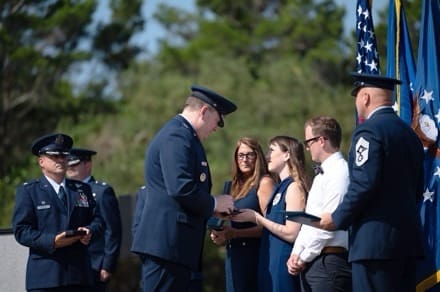
This is the second award for Lackey, who received a Distinguished Flying Cross for actions in combat in 2002.
The Distinguished Flying Cross is awarded to any officer or enlisted person of the armed forces of the United States for heroism or extraordinary achievement while participating in aerial flight.
“We are honored to recognize their exemplary airmanship, calmness during duress and dedication to our Joint Force. Maj. Voas’s and Senior Master Sgt. Lackey’s heroism and courage in the face of disaster is a shining example of the spirit and determination that we ask of all Air Commandos,” said Bauernfeind. “They are loved, greatly missed, and will never be forgotten.”
By Lucelia Ball

